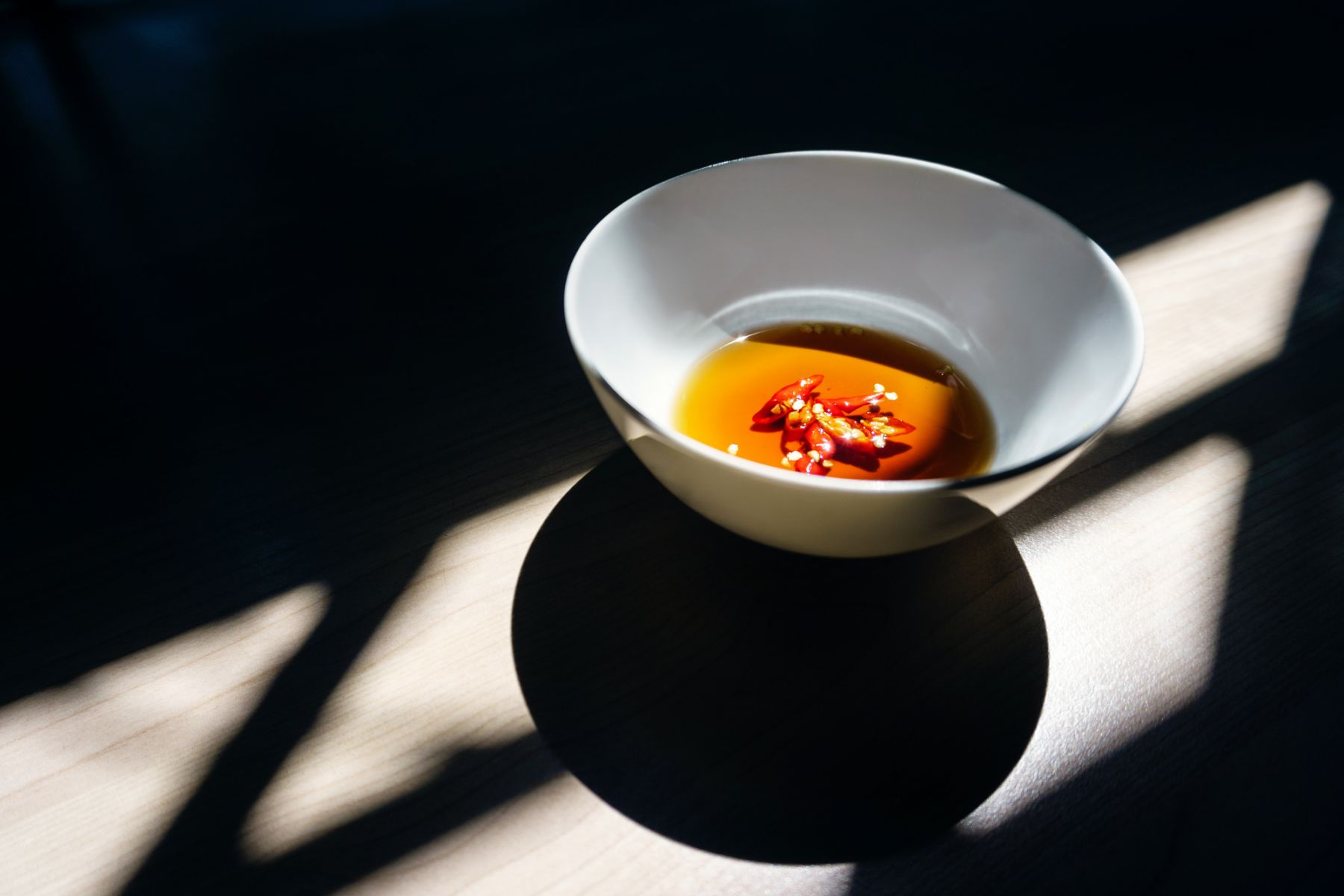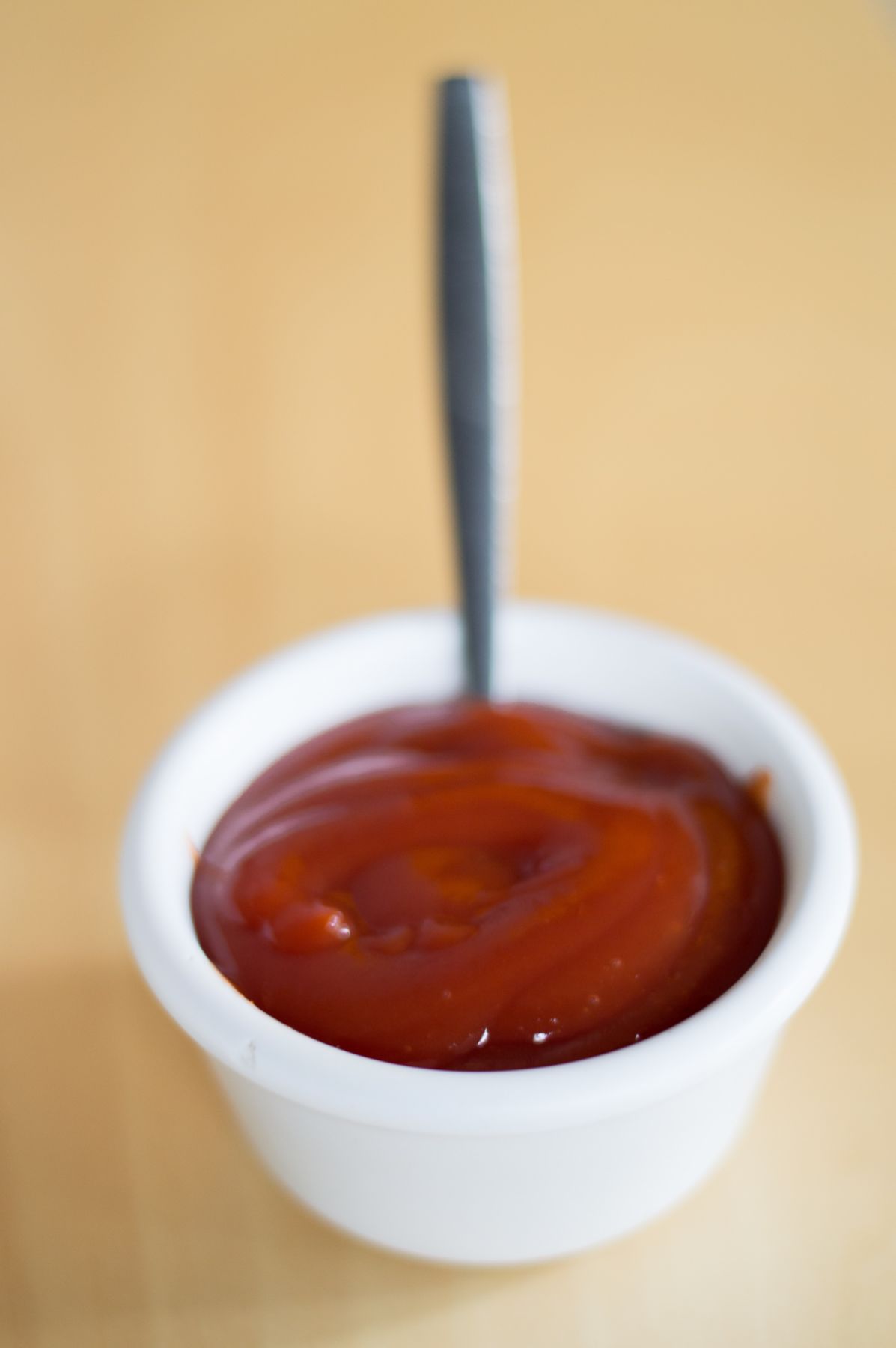We round up some of our popular local dipping sauces and condiments that you should stock in your pantry
Filipinos love to eat—and when they do, dipping-sauces or sawsawan are an absolute must. Unlike sauces or condiments in other Asian regions, most Filipino dips are not readily prepared but rather mixed and assembled during the meal to suit the diner’s preference. Shrimp paste, for instance, can be enjoyed as is, but others prefer to blend it with vinegar, chilli, or calamansi (our local citrus). Check out our list below of some of the most common Filipino condiments and sauces that you should add to your grocery list:
Read more: Notable food regions in the Philippines (and the dishes to try when you visit)
1. Buro
While the smell and the taste may not be for everyone, this fermented condiment is common in central Luzon especially in the provinces of Pampanga and Nueva Ecija. Burong isda (fermented fish) is made of cooked rice and raw fish fillet that are fermented with red yeast rice and salt for a week. There is also a version made of shrimp called balao-balao. It is best paired with steamed or boiled vegetables like okra, sweet potato tops, eggplant and a lot more.
See also: Why is Filipino cuisine one of the richest food cultures in the world

